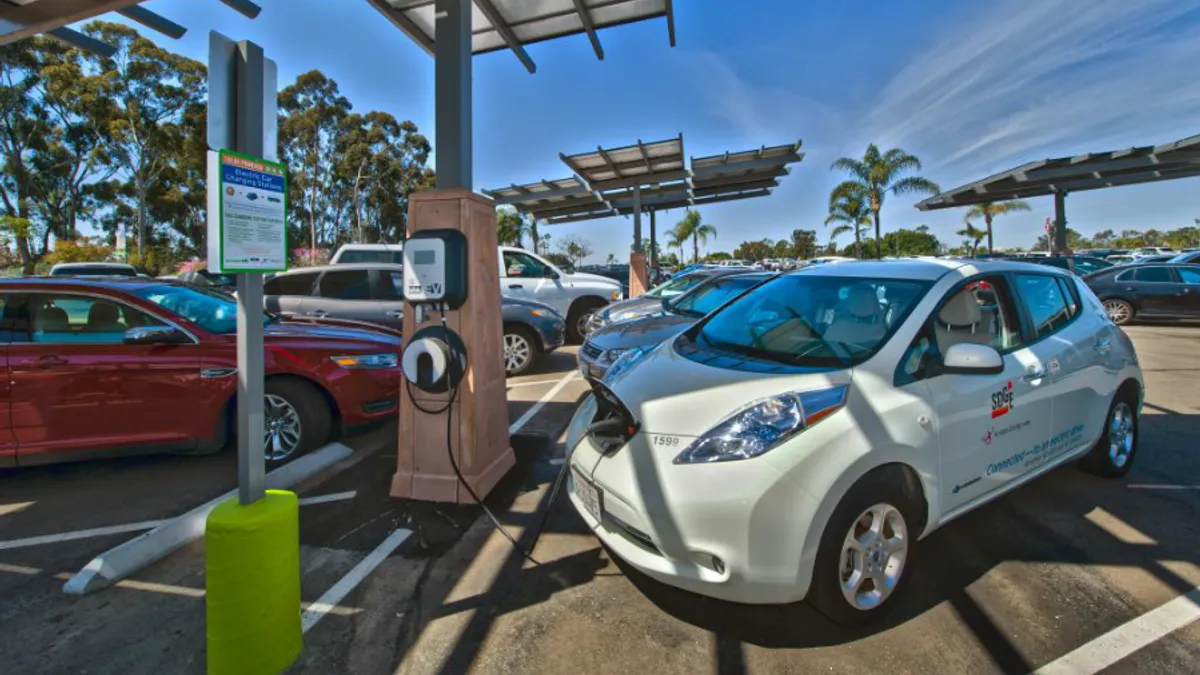Dive Brief:
-
California struck back at the Trump administration’s plan to weaken automobile emission standards on Tuesday, releasing a plan that would require cars in the state to satisfy its more ambitious fuel efficiency standards if the federal government weakens its own rules.
-
Since 2009, California has used the same emissions standards as the federal government, but the U.S. Environmental Protection Agency this month proposed to freeze the federal standards at 2020 levels and revoke California’s authority to issue its own rules.
-
In response, the California Air Resources Board (CARB) on Tuesday released a rule that would require passenger vehicles in the state to continue meeting its emission requirements through 2025, decoupling its rules from the federal government. If the EPA ultimately weakens standards, both actions are likely to face lengthy court battles.
Dive Insight:
The fate of vehicle efficiency standards will have significant impacts on the electric power sector, particularly in California — the largest U.S. market for electric vehicles (EVs).
Studies suggest that meeting Gov. Jerry Brown’s ambitious EV targets could add more than 1 GW of power demand to the California grid, but the EPA’s proposed action would also revoke the state’s authority to set those targets.
Since 2009, cars that meet federal standards have been deemed compliant with California rules, since the emissions regulations proposed by the Obama administration that year had the same targets as the state. Twelve other states have adopted California's efficiency standards for gas-powered cars, while nine others have similar policies for EVs.
CARB on Tuesday made clear that this "deemed compliance" only applies to current EPA rules, and will be removed if the federal standards are weakened.
"Weakening the standards, as U.S. EPA has proposed, would be unfounded and contrary to the intent of the Clean Air Act," the air regulators wrote in the new plan. "Such an unfounded weakening removes a material predicate of California’s decision to accept compliance with U.S. EPA standards."
Under EPA’s proposed rule, light-duty vehicle emission standards would freeze at 37 miles per gallon in 2020, instead of accelerating to 55 miles per gallon in 2025 under the Obama rules. The CARB rule would keep those higher standards in place as the state devises longer term standards out to 2050.
Any move to change federal or state standards is likely to inspire court challenges, but the two sides could yet make a deal. Acting EPA Administrator Andrew Wheeler told Senate lawmakers last week he would be open to a compromise with California, and utility and automaker groups have pressed for a deal that preserves higher efficiency standards and EV targets.












